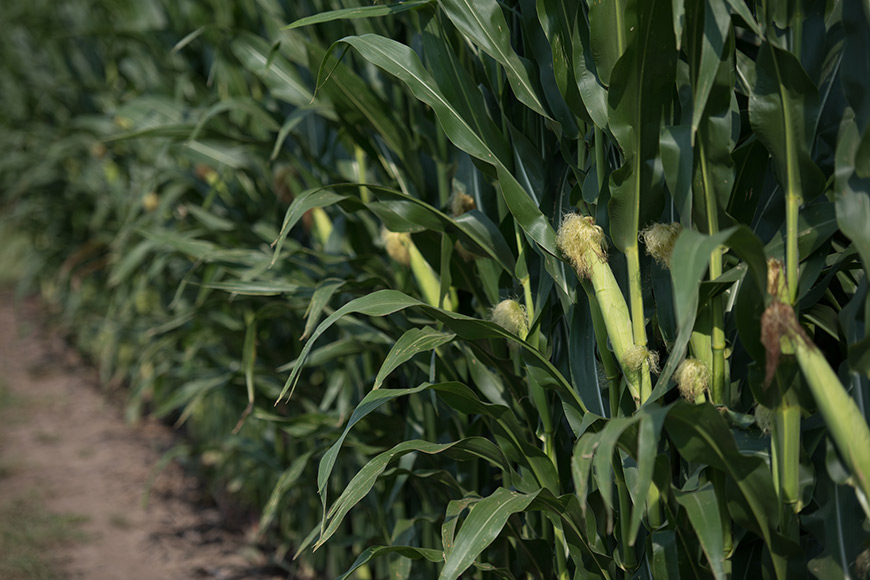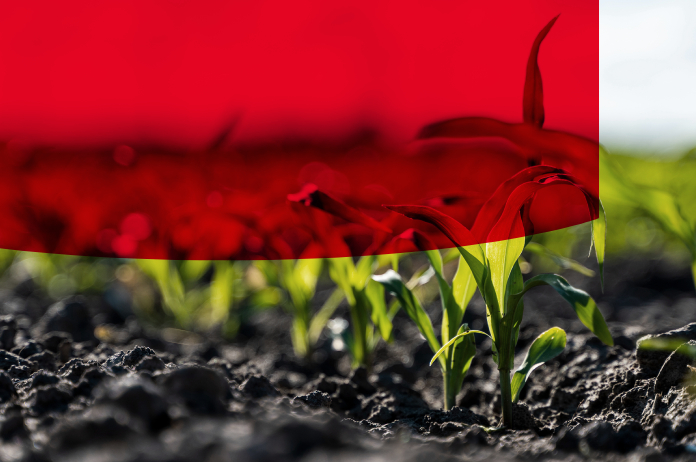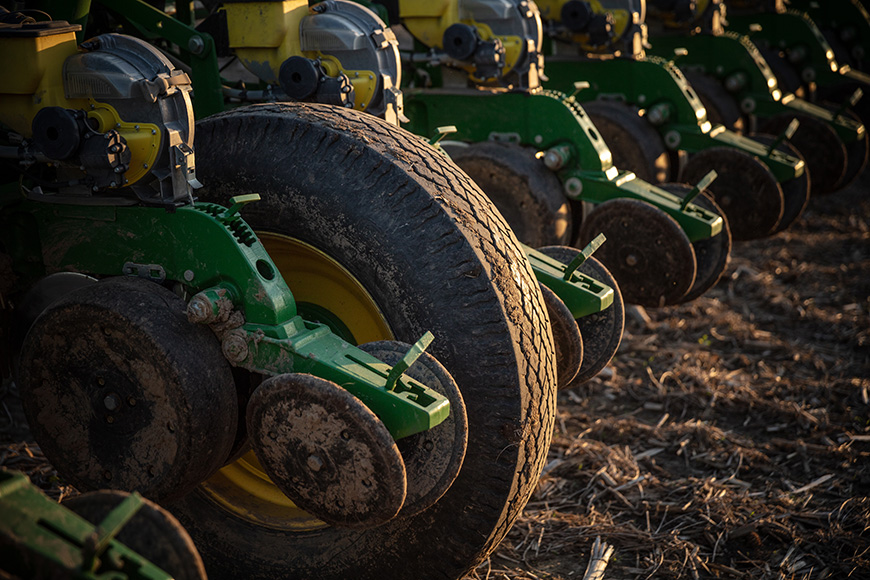Use Response-to Scores to Guide Agronomic Decisions
WinField United Agronomy Team

Response-to scores can help you better match the hybrids you choose to your management style and farm environment, which allows you to allocate your crop input budget more precisely. For the last 11 years, WinField® United has measured and recorded the response of various hybrids to population and nitrogen. In the last seven years, response to fungicide has been added to the mix.
In 2021, we field tested hybrids from CROPLAN®, Dekalb®, NK®, Brevant® and Pioneer® for response-to population (RTP), response-to nitrogen (RTN) and response-to fungicide (RTF). The yield response ranges highlight the importance of understanding how the hybrids you pick react to different management practices to optimize yield potential.
| Response-to Test | Yield Response Range |
| Response to Population1 | -0.62 to 24.3 bushels per acre |
| Response to Nitrogen2 | 19.9 to 92.7 bushels per acre |
| Response to Fungicide3 | 2.1 to 26.9 bushels per acre |
Planting a hybrid with a high RTN score and managing with plenty of nitrogen, for example, added nearly 105 bushels per acre compared to planting the same hybrid under limited nitrogen conditions.4 Without proper crop management, those are bushels you may be leaving in the field. Here are some practical ways you can use response-to scores to your advantage.
Response-to Population (RTP)
Some hybrids respond more favorably to being planted at high populations than others. For example, if you have a field with good tile drainage and adequate fertility, and you have the capability to maximize yield by pushing populations, planting a hybrid that tolerates high populations could give you a larger yield potential response and more plants per acre.
If you have another farm with lower fertility levels, sandier or rockier soil that’s droughty and it’s often faced with stress in August, you’d want to plant a lower population hybrid. This allows you to maintain yield at low populations and in a low-yield environment. But, if you do get decent rains in August and some good mineralization to boost fertility, even a lower population hybrid could flex its ear more and you could still capture some top-end yields.
Response-to Nitrogen (RTN)
With high fertility prices, RTN scores will be a great tool to turn to this year. If you’re planting a high-RTN hybrid this year, make sure you prioritize your N investment there, applying in-season nitrogen or topdressing those hybrids first. If you put all your N on prior to or at planting, you might assume that’s enough for the year. However, if you have above-average rainfall during May and June, and you do a pre-sidedress nitrate test or take a tissue sample that indicates you’re low on nitrogen, make sure you’re applying additional nitrogen in-season on your high RTN hybrids first.
But again, if you’re planting on rented ground with low natural fertility and low organic matter that doesn’t supply as much nitrogen naturally through mineralization, selecting a low-RTN hybrid is generally a better choice.
Response-to Fungicide (RTF)
When deciding which acres to make a fungicide application to and which products to use, RTF scores can help you make tailored, hybrid-specific choices based on years of reliable yield data. About 10-15 different fungicides are sprayed each year at Answer Plot locations to evaluate their performance. Hybrids with high RTF scores respond greatly to a fungicide application, which means you’re likely to see a satisfactory return if you treat those acres, and it’s a good idea to invest in a premium product. Those with low- to medium-RTF scores will likely result in a smaller yield advantage, so you can get away with a lower cost option.
Once you’ve decided to make an application and have chosen your product, it’s important to ensure the spray droplet will reach the target and get the job done. MasterLock® Adjuvant is a drift and deposition aid that’s been proven to increase corn yields by an average of 5.7 bushels/acre when tank mixed with a fungicide, compared to using a fungicide alone.5 Especially when making aerial applications, it’s critical to do everything possible to get the spray to the ear leaf.
Take Advantage of Response-to Data
WinField United invests a substantial amount of time, energy and resources into testing for and determining response-to scores. We take pride in the quality of our data, how it’s collected and analyzed, and that we’re representing a large portion of the seed industry by testing multiple brands. Use this data to help you be an even better farmer and improve your yield and ROI potential, and see our data in action this summer at an Answer Plot event near you.
Talk with your trusted advisor to learn more about how response-to data can help you manage your corn crop to its fullest potential.
1. National average yield difference between 30,000 and 37,500 plants per acre.
2. National average yield difference non-limited and limited nitrogen applications; rates varied by soil type and location.
3. National average yield difference between fungicide application at R1 and untreated control.
4. WinField United, 43 Answer Plot locations, 2020.
5. WinField United, 14 studies, 8 states, all fungicides, 2012–2017.
All photos are either the property of WinField United or used with permission.
© 2022 WinField United. Important: Before use always read and follow label instructions. Crop performance is dependent on several factors many of which are beyond the control of WinField United, including without limitation, soil type, pest pressures, agronomic practices and weather conditions. Growers are encouraged to consider data from multiple locations, over multiple years and to be mindful of how such agronomic conditions could impact results. Answer Plot, CROPLAN, MasterLock and WinField are trademarks of WinField United. All other trademarks are the property of their respective owners.
IF YOU LOVE OUR INSIGHT, YOU’LL LOVE OUR ROI POTENTIAL
Every successful harvest starts with a seed. It just can't end there. Choose which high-performing seed products you’ll start with this season.






